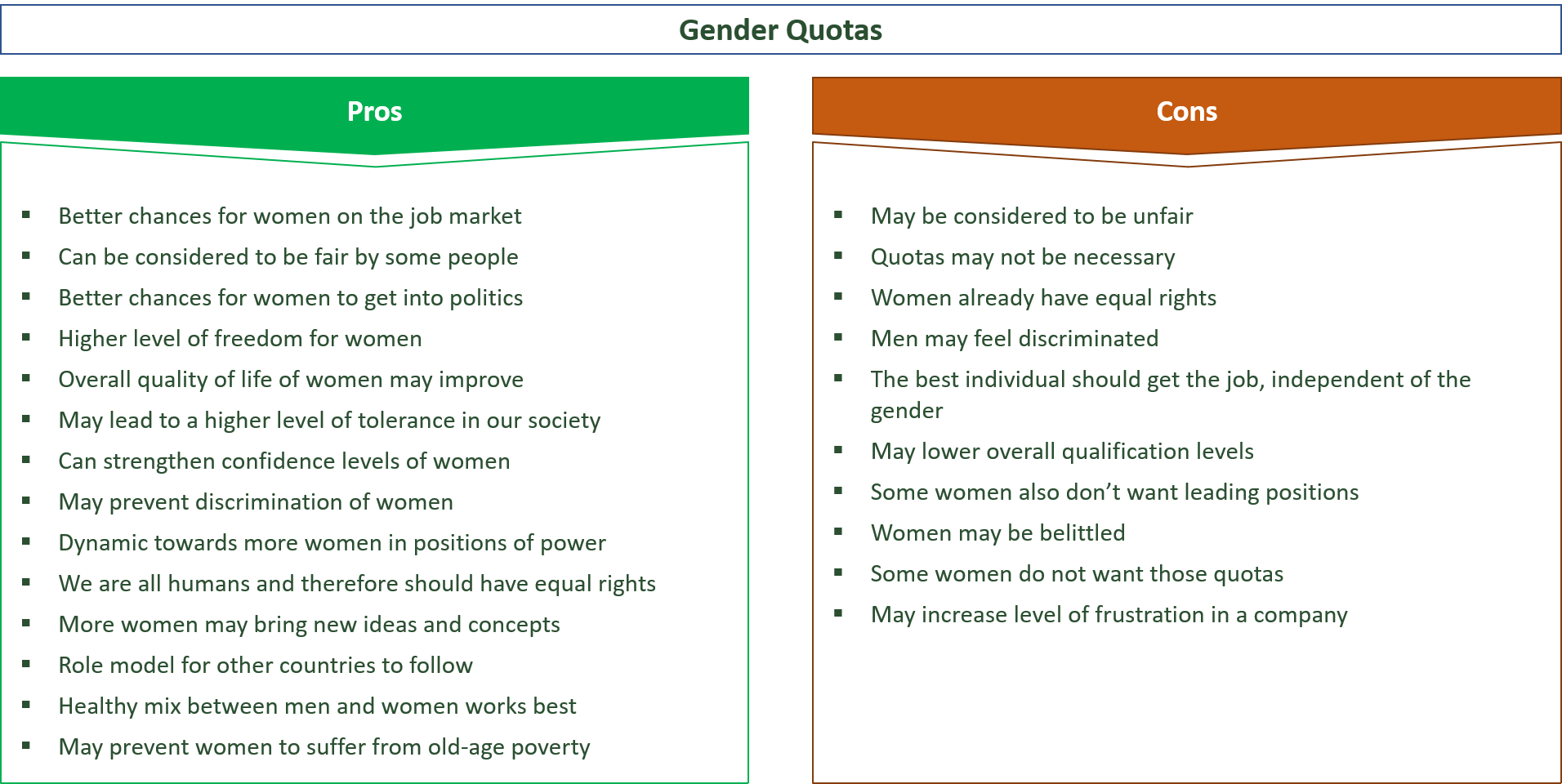Impact of Gender Quota and EWS Quota in Admissions to Top Technical Institutes in India
India has been pushing for greater inclusiveness and diversity in top technical education institutes like IITs. In this article, we discuss the impacts of introducing gender quota and EWS quota in admissions on the student intake process and infrastructure growth at these premier institutes.
Boosting Women’s Enrollment in STEM Education
Over the past few years, the government has been trying to increase the low participation of women in Science, Technology, Engineering, and Mathematics (STEM) fields in India. One measure was introducing a supernumerary quota for women in IITs in 2018 with the aim to address their representation which was only around 8% back then. The quota has been gradually increased from 14% in 2018-19 to 17% in 2019-20 and further enhanced to 20% of total seats in 2020-21 across all IITs. This policy change has started showing results as the percentage of women in IITs has risen to 18% in 2018 from the previous 8%, as per government data.

Infrastructure Challenges in Accommodating Higher Intake
While the gender quota aims to promote diversity, accommodating more students under the policy has led to infrastructure challenges for the IITs. Many institutes were expanding classrooms and hostels when the COVID-19 lockdown disrupted construction works. Considering this delay, all the 23 IITs collectively requested the government to grant them an additional year till 2022 to fill the remaining EWS quota seats introduced in 2019. Under the quota, centrally-funded technical institutions have to enhance overall student strength by 25% over two years to adjust students from economically weaker sections.
Delays in Implementation of EWS Reservation
As per the collective request by IITs highlighted, they have so far increased intake by around 2,300 seats under the EWS quota in 2019-20 but are still left with approximately 4,400 seats to be added by 2021 as per the government mandate. The lockdown impacted key infrastructure upgrading works, making it difficult for them to accommodate higher numbers while following social distancing norms. Even other national institutes like NITs reported facing similar or worse accommodation situation. Unless granted more time, it will be challenging for these premier technical colleges to smoothly implement the new EWS quota as per schedule amid the pandemic disruptions.
fair-equity Vs Infrastructure Constraints
While the intention behind quotas is to promote fairness and social equity in access to top academics, institutes are constrained by infrastructure limitations. Authorities will have to diligently evaluate such requests to balance inclusion with ensuring student well-being. One way could be to allow a one-year grace period for upgradation works and raise intake in a phased manner. It is also important that adequate budgetary support is timely provided to create additional capacity. With smart planning, these reputed colleges can overcome hurdles to make quotas more smoothly inclusive for all deserving students over the long-term.
Impact on JEE Cutoffs and Ranks
The changing reservation policies will directly impact cutoffs and ranks for JEE exams which are the main gateway for admissions to IITs and other top NITs. For example, in 2020 it is expected the 99%ile would give a rank of around 8,000 (compared to 10,000 earlier) due to nearly 800,000 applicants appearing for JEE Mains September exam. Similarly, the 90%ile rank may reduce to 80,000 from the previous 1,00,000. Quotas have enlarged the pool of candidates eligible for coveted IIT seats. This means aspirants need to work even harder and score well to grab prestigious admissions under the new admission dynamics.
Supporting Infrastructural Growth
To resolve space constraint issues stemming from raising student strength, proactive long-term planning and investing in infrastructure will be vital. Timely funding, effective project monitoring and utilizing existing land banks optimally can help create new hostels, laboratories and smart classrooms. Public-private partnerships can also be explored to fast-track building works. With a collective approach, our premiere colleges have the potential to successfully expand facilities to welcome greater diversity and uphold excellence in line with their global benchmarks. By overcoming initial problems smoothly, they can ensure tech education remains inclusive and world-class for all deserving Indian scholars.
